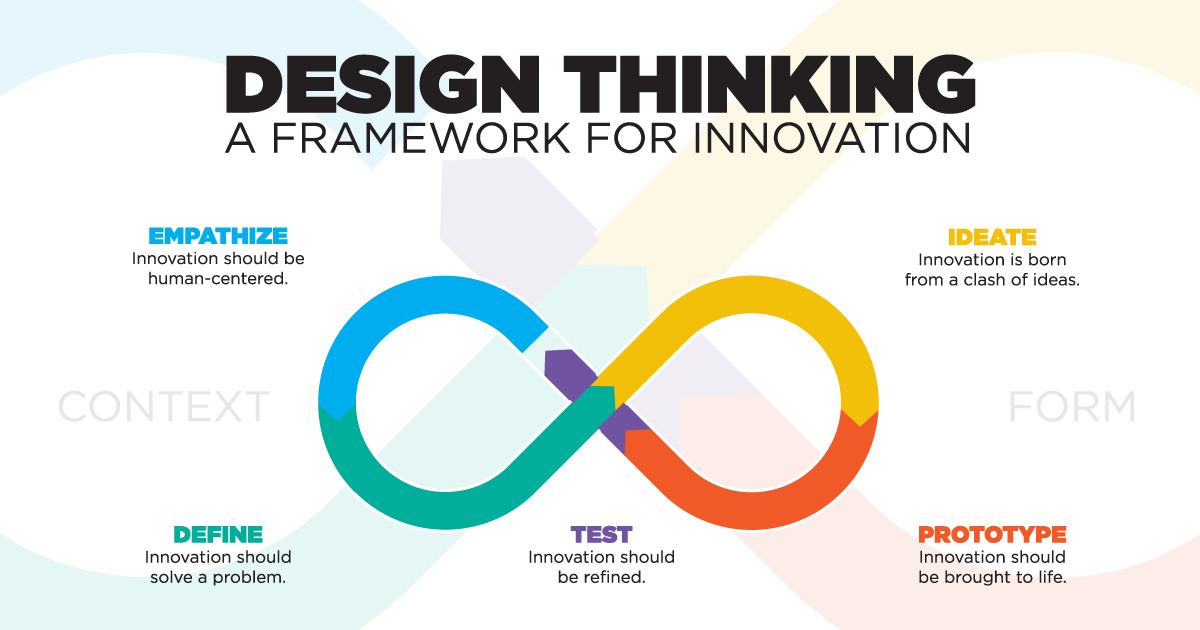What are the implications of redefining the ideal approach to healing as caring rather than empathic?
First, it challenges physicians to confront their fears rather than circumvent them, promoting personal and professional growth. Second, it taps into qualities that promote listening and learning rather than speculation and assumption. And third, a natural and concrete process replaces one that is laborious and abstract, bringing vitality back to a relationship that is increasingly formulaic.
This is an excerpt from a research paper titled, “From Empathy to Caring: Defining the Ideal Approach to a Healing Relationship”, raising concerns about the use of empathy in clinical experiences. The authors of the paper criticize empathy for encouraging assumptions about the patient’s mental state instead of focusing on understanding and responding to the patient’s direct needs. They describe care as a sustained emotional investment in a person’s well-being as opposed to empathy which centres around a clinician’s own emotions.
In The Cuban Paradox, we discuss primary preventive care as being a more joyful and efficient healthcare experience. However, the hidden context behind the Cuban healthcare system, is that it operated amidst communities of care. Cuban life is built around communal living, with strong bonds forged between neighbours, families and friends.
The preventive care system thrives in an environment that is rich with care, and a sense of responsibility for those around you. In that sense, the support required for proactive healthcare was already in ingrained in Cuban culture. At Happily Ever After, our vision is for universal preventive healthcare, and for that, we must first discover how to create (online and offline) communities that are fertile with care.
Love is the ability and willingness to allow those that you care for to be what they choose for themselves without any insistence that they satisfy you.- Wayne Dyer
Humans over centuries as social organisms have evolved highly specialized neural circuitry, to identify different kinds of social interactions: the notion of care is intuitive to many. This is why the concept of care exists universally across people of all faiths, beliefs, social classes and backgrounds. However, taking a step back, is it possible to break down the idea of care to its very essence?
The process of care is a two-entity interaction, from the altruistic caregiver to the recipient. Altruism as seen in ideologies like Effective Altruism is a state of selflessness, with genuine and demonstrated concern for the welfare of others, often at a cost to the individual.
This notion of genuineness is intuitively crucial to care, but without mutual trust between entities, it is impossible to validate that the caregiver is truly looking out for the interests of the recipient. It could be just as likely that they are looking out for their own. Therefore, care acts as a second-order social function, dependent first and foremost on a relationship built on mutual trust.
The evolutionary basis of Care
Built upon mutual trust, is the concept of altruism. Altruism is a social phenomenon not unique to homo sapiens, a popular example is that of symbiotic species like the clownfish and the anemone. The field of evolutionary biology explains these kinds of altruism in organisms through two major theories: kin selection and reciprocal altruism.
The theory of kin selection
The theory of kin selection was detailed in the popular (and often misinterpreted) book Selfish Genes by Richard Dawkins. In short, it refers to an evolutionary strategy originally conceived by Darwin, where there is a tendency for individuals to assist others who share genetic traits with them. This boosts the fitness of the genes held in common by both individuals, increasing the chances that these genes survive into the future.
The resultant selection pressure reinforces altruism between kin and has been quantified by Hamilton’s Rule, rB > C. In this equation, r represents the genetic relatedness between two individuals, B represents the benefit to the recipient and C represents the cost to the altruist. Altruism between individuals is evolutionarily favoured when this inequality is met.
The theory of reciprocal altruism
Reciprocal altruism is a complementary explanation to kin selection which states that an altruistic action with a cost makes sense if the recipient is likely to perform an altruistic action in return with a similar cost in the future.
Selfishness beats altruism within groups. Altruistic groups beat selfish groups. Everything else is commentary. - E.O Wilson

The dynamics of reciprocal altruism play out at all scales in human social relationships. It is deeply intertwined with other profound concepts like meaning, trust, truth, and value: delayed reciprocal altruism has been theorized to be the main motivator for the invention of money.
The illustrated flowchart of reciprocal altruism also highlights the effect of cheating on the behaviour of both participants. This links altruism back to trust, just like care, it does not happen in the absence of trust.
Together, kin selection and reciprocal altruism are responsible for many of the coordination problems that the human species has been able to solve. What we call altruism from the big picture lens of evolutionary biology, looks very much like care from the lens of an individual.
Engineering Communities of Care
Equipped with the evolutionary history of care, it is now possible to consider how best to engineer societies that are rich in care. Thankfully, groups that are more caring (reciprocally altruistic) have higher evolutionary fitness than those which are not, therefore, altruistic societies are the evolutionary default.
Reciprocity
Looking back at history, altruism and care are part of the basis of almost all faiths, notably Buddhism.
Many illnesses can be cured by the one medicine of love and compassion.
A similarity across all these faiths is the encouragement of reciprocity, which is a major aspect of indigenous wisdom. Taken in the context of reciprocal altruism, a culture which participates extensively in reciprocal gifting is more like to trust one another and by extension more likely to participate in prosocial, altruistic behaviour.
A culture that values reciprocity creates a community that is rich in care.
Autonomy
Beyond thinking about care in the abstract, as consisting of actions exchanged between two entities, it is important to consider the actions themselves. Not all actions are favours rooted in care, is it possible to define the kinds of actions that are considered caring?
From the lens of evolutionary biology, an altruistic action must transfer value from the altruist to the recipient. This value can take a myriad of forms beyond well-understood concepts like time and money. The problem then is that value itself is subjective: for there to be an altruistic action, there must be a shared understanding of value.
This reverts back to the dichotomy between empathy and care. Empathy is defined as the emulation of another individual’s emotions by putting oneself in their shoes. It is not guaranteed that the emulated value of the altruist matches with the real value to the recipient. In contrast, care places an emphasis on attentive listening and questioning to establish a shared understanding of value, before directly providing what the recipient needs.
Establishing this shared understanding requires the suspension of personal biases and beliefs, striving to respect the recipient’s individual autonomy and engage with their true needs.
This pattern is used heavily in the practice of human-centric design thinking. The Empathise step, despite being called empathising, is an intentional process of questioning and listening to identify the situation that a user is in. Only after that initial understanding is obtained, do design thinkers proceed to identify and solve problems for the user segment.

Self
Altruism and reciprocity exist at many different scales, but the discussion thus far has centred on the scale of human-human interactions. This neglects self-care, which is an important aspect of care in society. Without adequate self-care, individuals are prone to burn-out which is common among care professionals like psychologists and doctors.
To account for self-care requires a different scale of altruism than the one that has been explored. Applying a systems approach to thinking, the entities in altruistic relationships could be anything: in this case, they are our corporeal body (recipient) and our incorporeal mind (altruist).
Applying the dual principles of reciprocity and autonomy as highlighted above, it is important to:
-
Respect the body’s autonomy, to understand how it feels and what it needs to not just survive, but thrive.
-
Practice reciprocity, where fulfilling the needs of the body then allows the body to fulfil the needs of the mind.
Granted, the relevance to evolutionary biology breaks down at this level, but the emergent ideas feel intuitively valid.
Care is mutual flourishing
Exploring the nature of care, first leads to unexpected parallels drawn between human society and the evolutionary strategy of altruism. This article then circles in on the three main components of care: reciprocity, autonomy and self. So what then, is the nature of Care itself?
Care is respect: it appreciates autonomy, and it is a directed feeling towards something or someone.
Care is giving: it may not choose to care but cares anyway and does not expect anything in return.
Care is relational: it enjoys sharing anything whether it is a passion or a weekly meal at home.
Care is reliable: it shows up when you need it the most, and can change a horrible situation into a warm experience.
Care is listening: it doesn’t assume what others feel, it thinks with humility and converses with curiosity.
Care is for self: it feels, breathes, laughs and fills, it sets boundaries around its own well-being.
Care binds humanity together, in a game-theoretic pursuit of greater reciprocal altruism. It is our journey towards mutual flourishing, and by engineering communities that are full of care, we can unlock and unleash latent human potential.
Want to join us?
Check out our wiki for more details on how you can get involved 🥳.
Subscribe to our blog for more long-form thoughts on the intersection between preventive health and web3.
Other HEA Channels:
Check out our website → https://hea.care/
Follow our Twitter → https://twitter.com/hea_care/
Follow our Instagram → https://instagram.com/hea_care/